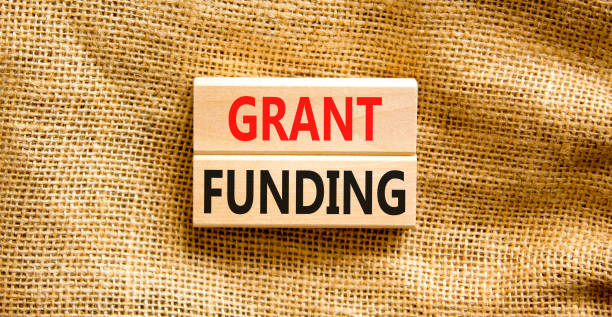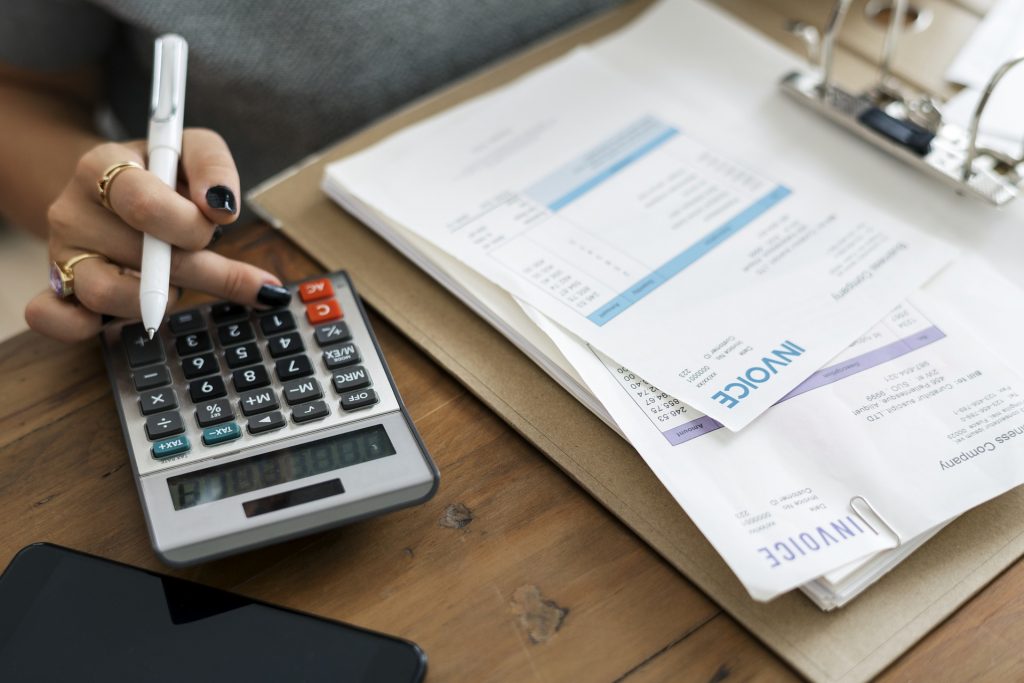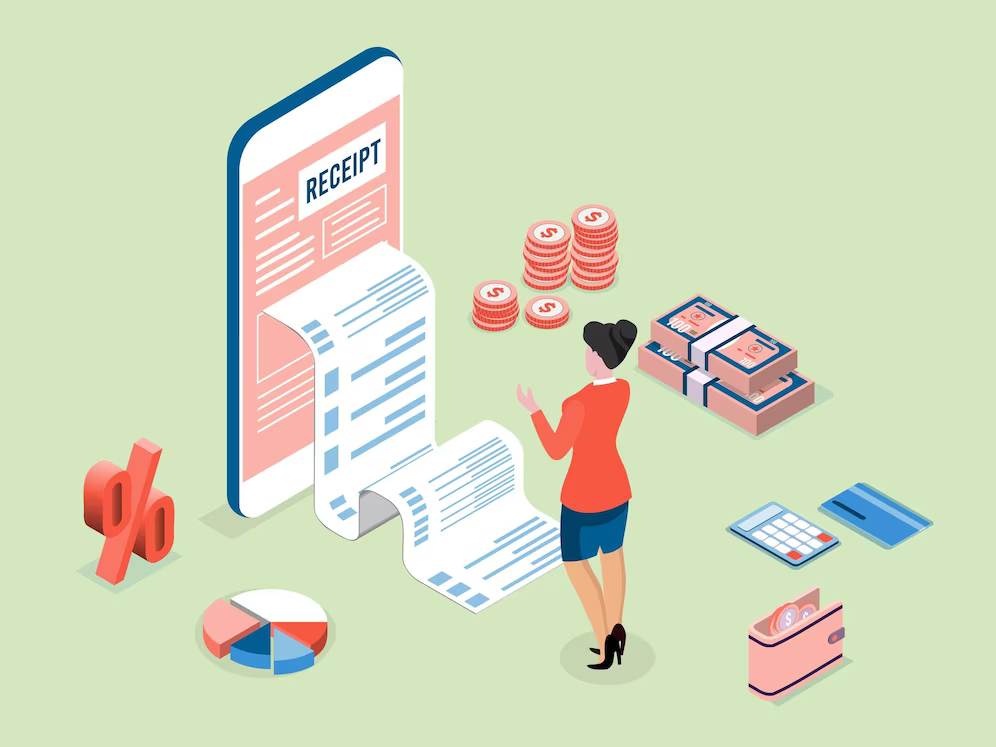Welcome, small business owners! Today, we will delve into the world of “proforma invoices” in a simplified and easy-to-understand guide. Before we dive in, it is important to note that Proforma invoices are one of the several types of invoices, there are several other types of invoices discussed in the other article. Whether you are new to this concept or looking to optimize your invoicing process, we’ve got you covered! Proforma invoices can be powerful tools for streamlining business transactions, and by the end of this comprehensive guide, you will become a pro at using them effectively. Let’s embark on this journey together!
What is a Proforma Invoice?
A proforma invoice is akin to a preview or a draft version of a regular invoice. It is a document that sellers send to potential buyers before the actual delivery of goods or services. Think of it as a detailed menu that outlines the items your business offers, along with their respective prices.
How Do Proforma Invoices Work?
Creating the Proforma Invoice:
When you have a potential customer interested in your products or services, it is time to create a proforma invoice tailored to their specific needs.
This document should include comprehensive item descriptions, quantities, prices, and any applicable discounts.
Agreement and Review:
The next step is to send the proforma invoice to the customer for their review and agreement. This crucial process ensures clarity and mutual understanding between both parties before the actual sale takes place.
Not Legally Binding:
It is essential to keep in mind that proforma invoices are not legally binding like regular invoices. Instead, they serve as formal estimates to facilitate an agreement between the buyer and the seller.
Who Uses ProForma Invoices?
Proforma invoices find applications in various industries, making them a versatile tool for business transactions
Retailers and Wholesalers:
Retailers often provide proforma invoices to wholesale customers before they make bulk purchases. This allows the buyer to review the terms and costs before committing to the order.
Exporters and Importers:
Proforma invoices are of paramount importance in international trade. Exporters use them to communicate with foreign buyers, providing essential details about the shipment, while importers rely on them for customs clearance purposes.
Service Providers:
Businesses offering services such as consulting or construction may also use proforma invoices to outline project details, including the scope of work and associated costs.
When and Why Should You Use Proforma Invoices?
Proforma invoices offer several advantages in specific business scenarios, making them a valuable tool for small business owners.
Dealing with New Customers:
Proforma invoices are particularly useful when dealing with new customers. By offering transparent cost breakdowns, you can build trust and confidence in your business, potentially converting them into loyal clients.
International Transactions:
For small businesses engaged in international sales, proforma invoices provide essential information required for customs clearance. They help in smooth cross-border transactions by ensuring compliance with customs regulations.
Customization and Personalization:
One of the significant benefits of proforma invoices is their flexibility. You can tailor these invoices to meet the unique needs of individual customers, demonstrating personalized attention and strengthening customer relationships.
Example: A Toy Store’s Proforma Invoice
Let’s consider an example to illustrate the practical application of proforma invoices. Suppose you own a toy store, and a customer approaches you to buy a bundle of toys for a children’s party.
In this scenario, you would create a proforma invoice listing the names of the toys, quantities required, their respective prices, and the total cost of the bundle.
After reviewing the proforma invoice and agreeing to the terms, the customer proceeds to complete the purchase, and you can then issue the final invoice.
Conclusion
Congratulations, small business owners! You now possess a comprehensive understanding of proforma invoices and their potential benefits for your business.
By incorporating proforma invoices into your invoicing practices, you can communicate transparently with customers, expedite international transactions, and provide personalized experiences tailored to individual needs.
Embrace the power of proforma invoices, and may your invoicing process be streamlined and efficient. Happy invoicing!












